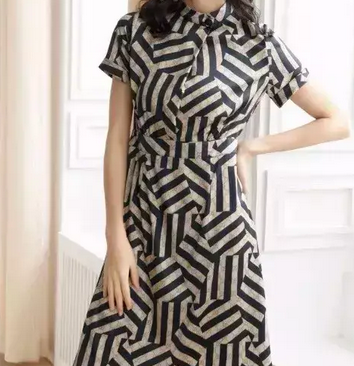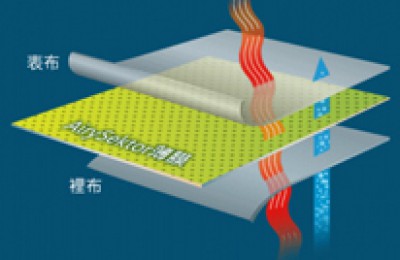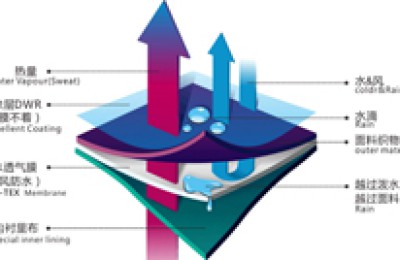1. Real silk generally refers to silk, including mulberry silk, tussah silk, and castor silk. The price of real silk fabrics follows the weight, so the bigger the mommy is, the higher the price will generally be.
2. Silk content

SILK is silk, silk. The percentage behind indicates the amount of silk content. For example, SILK100% is an all-silk product.
3. Conventional index
Defects, color fastness, etc.
4. The main types of silk fabrics
Plain crepe satin: It is a conventional fabric among silk fabrics. The bright satin surface is very noble, has a smooth feel and a dense structure; this Silk is the fabric that many people think of. The material used to make cheongsam is as smooth and lustrous as pearls, with bright colors! However, plain crepe satin is not strong and is relatively easy to damage.
Stretch plain crepe satin
Similar to plain crepe satin is stretch satin. Compared with plain crepe satin, it has a certain degree of elasticity, is not easy to wrinkle, and is easy to care for, making up for the shortcomings of pure silk. Suitable for making scarves, cheongsam, etc. Elastic crepe satin: It is composed of 90%-95% mulberry silk and 5%-10% spandex. It is an interwoven fabric. This is also the most popular fabric on the market today. Our store also mainly sells stretch satin.
Crepe de Chine
Heavy silk: Heavy silk is mainly used as summer shirt, skirt fabric and children’s clothing fabric; medium silk can be used as clothing lining; light silk Can be used as petticoats, headscarves, etc. It is a high-grade fabric.
Taffeta: A silk-like fabric woven from cooked silk. It has good gloss, is delicate and crisp, and feels like umbrella cloth. It is particularly easy to wrinkle and form permanent creases, so it is not suitable for folding and heavy pressing. It is often packaged in rolls. There are three types of taffeta: plain taffeta, striped taffeta and flowered taffeta. They are all traditional varieties of my country that are world-famous and are also specialty varieties of Suzhou and Hangzhou in my country.
Heavy crepe: a heavy silk with a combination of multiple warp and weft threads and strengthened twisting of the weft threads. The style is similar to crepe de chine, but it is much richer than crepe de chine, at least 4 times that of the common 02 crepe de chine. The above thickness is a thickened crepe fabric of mulberry silk.
Georgette (yarn): Georgette is also called Georgette yarn and Georgette crepe. The name comes from the French (georgette). It has a very similar texture to chiffon, I mean chemical fiber chiffon. The difference between silk chiffon and Georgette can be distinguished at a glance. Georgette is light and permeable, feels soft and elastic, has good air permeability and drape, the silk surface particles are slightly convex, and the structure is loose.
Organ yarn: Organza, also called organza, organza, or organza. English name: Organza. Organza is not necessarily made of silk, it can also be divided into chemical fiber and silk. The organza found in many shopping malls or Taobao stores is made of chemical fiber, because silk organza is easy to break, pick out the threads, and is difficult to preserve.
Identification of silk
1. Observe the luster. The luster of silk fabrics is soft and even, bright but not dazzling. Although the luster of rayon fabric is also bright, it is not soft. Although the luster of polyester yarn is uniform, there is sparkle or bright silk. Nylon silk fabric has a poor luster, as if it is coated with a layer of wax. Feeling when touched. When you touch silk fabrics, you will feel a pulling feeling, but other chemical fiber products do not have this feeling.
Rayon fabric is smooth and soft, but not stiff. Cotton and silk fabrics are not soft to the touch. Pay close attention to the creases. When you pinch the silk fabric tightly and then release it, it will have no creases due to its good elasticity. Rayon fabrics have obvious creases after being pinched by hand, and the creases are difficult to restore to their original shape. Although nylon silk fabric has creases, it can slowly return to its original shape, so don’t be fooled by its false appearance.
2. Test fiber tension. Pull out a few fibers from the edge of the fabric and moisten it with your tongue. If it breaks easily at the moistened area, it means it is rayon, otherwise it is silk fabric. Listen for the grinding sound. Because the surface of silk is protected by sericin and is resistant to friction, dry silk fabrics will make a sound when they rub against each other, so it is called “Si Ming” or “Silk Ming”, while other chemical fiber products make no sound.
3. The best way to determine authenticity is to burn, not to draw silk, but to burn small pieces, because in silk blending, one warp and one weft may not necessarily be 100% silk. Silk is flame retardant and will not cause open flames or smell. After burning, twist it with your hands and it will turn into powder. You can use 84 disinfectant to test. Silk will dissolve, but 84 will not work for silk and wool blends.





